What are the common choices for Ultra Sleeve Anchor materials
2025-10-20Ultra Sleeve Anchors are critical components in heavy-duty structural connections. The material selection directly determines the long-term reliability, load-bearing capacity, and environmental resistance of the anchoring system. Professional engineering procurement personnel and designers must have a deep understanding of the properties of different materials and their suitability for specific working conditions.
I. Basic Material Selection: The Trade-off Between Carbon Steel and Stainless Steel
Ultra Sleeve Anchors are primarily made of two main materials: carbon steel and stainless steel. These materials meet different strength requirements, cost budgets, and environmental conditions.
1. High-Strength Carbon Steel
High-strength carbon steel is the most common material used in Ultra Sleeve Anchors. It typically offers excellent yield strength and ultimate tensile strength, meeting the heavy-duty requirements of most indoor and dry environments.
Technical Advantages: Carbon steel anchors are cost-effective and easily achieve high hardness after heat treatment, ensuring sufficient strength during expansion and clamping, preventing thread shearing or failure.
Surface Treatment: Carbon steel anchors typically require specialized surface treatment to resist oxidation and minor corrosion. Common treatments include electro-galvanizing, mechanical galvanizing, and hot-dip galvanizing (HDG). HDG provides a thick zinc layer and is suitable for environments with moderate corrosion risk, such as slightly humid industrial plants or outdoor non-marine climates.
Limitations: Carbon steel has limited resistance to chloride and acidic environments and is not suitable for applications with long-term exposure to moisture, chemicals, or marine atmospheres.
2. High-Quality Stainless Steel
For projects requiring stringent corrosion resistance, stainless steel is the only professional choice. Stainless steel provides excellent corrosion resistance by adding chromium to the alloy, forming a dense passive layer.
Stainless Steel 304 (A2): This is one of the most commonly used grades of stainless steel and is an austenitic stainless steel. It offers good oxidation resistance and general corrosion resistance, making it suitable for outdoor use, slightly humid environments, and areas requiring hygiene, such as food processing. Its excellent mechanical properties make it sufficient for most structural anchoring needs in non-extreme climates.
Stainless Steel 316 (A4): Known as "marine-grade" stainless steel, 316 grade stainless steel is a 304 stainless steel with the addition of molybdenum. This addition significantly improves its resistance to chloride corrosion, making it particularly suitable for coastal and marine applications, swimming pools, tunnels, and critical areas that may come into contact with de-icing salts or harsh chemicals. Despite its higher cost, 316 is irreplaceable in extremely corrosive environments where life safety and long-term maintenance costs are a concern.
II. Principles of Professional Material Selection for Specific Applications
Material selection is not simply a matter of cost; it is based on a risk assessment of expected service life and environmental conditions.
1. Cracked Concrete and Seismic Areas
For applications in high-stress environments (such as cracked concrete) or seismic areas, the Ultra Sleeve Anchor material must not only consider corrosion resistance but also its ductility and fatigue resistance. High-quality carbon steel or stainless steel must undergo a specific heat treatment process to ensure reliability under dynamic loads. For example, anchors that meet ACI318 or ICC-ES standards must undergo rigorous third-party certification and testing for their steel composition and mechanical properties.
2. Extreme Temperature Environments
In extremely low or high temperature environments, the anchor material's brittle transition temperature and thermal expansion coefficient are critical parameters that must be considered in the design. For these extreme conditions, specialized alloys or optimized carbon steel treatments are required to ensure that the anchor's clamping force and expansion mechanism do not fail during extreme temperature fluctuations.
III. The Importance of Surface Coatings and Secondary Materials
The performance of an Ultra Sleeve Anchor depends not only on the materials of the main screw and sleeve, but also on its surface coating and secondary components.
1. Professional Considerations for the Hot-Dip Galvanizing (HDG) Layer
Hot-dip galvanizing is a critical corrosion protection treatment. The HDG layer is typically much thicker than electroplated galvanizing, providing sacrificial protection. However, HDG treatment alters the material's microstructure and hardness. Professional Ultra Sleeve Anchor manufacturers must ensure that the HDG process does not cause hydrogen embrittlement in high-strength steel, a serious defect that can lead to catastrophic anchor failure.
2. Washers and Nuts
The washers and nuts in the Ultra Sleeve Anchor system must also be compatible with the main material. In stainless steel anchor bolts, nuts and washers made from the same grade of stainless steel, 304 or 316, must generally be used to prevent galvanic corrosion, a phenomenon that accelerates corrosion when dissimilar metals come into contact. Mixing materials can significantly reduce the life expectancy of the entire anchor system.




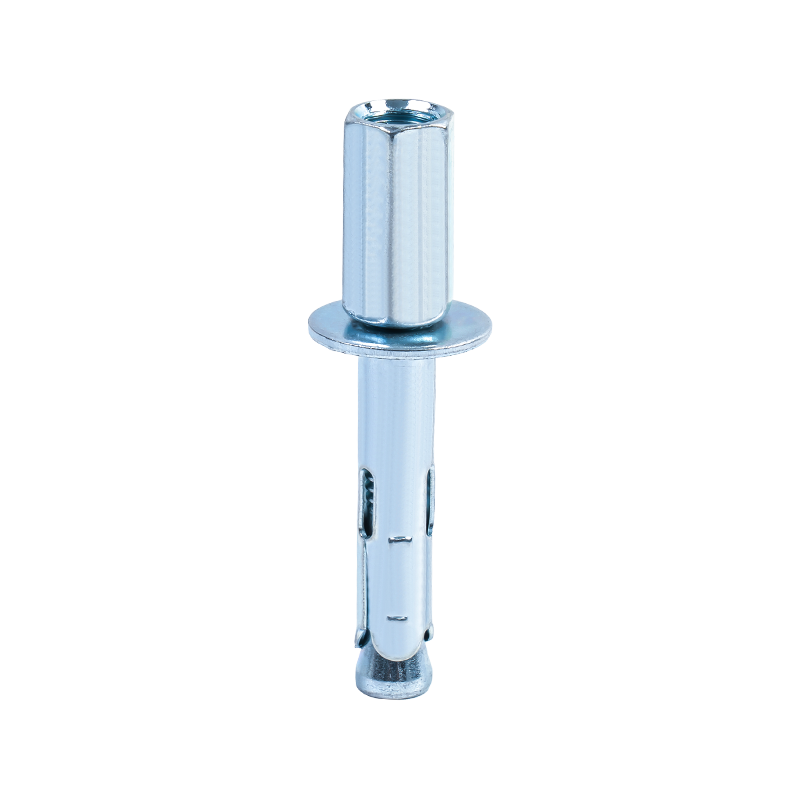
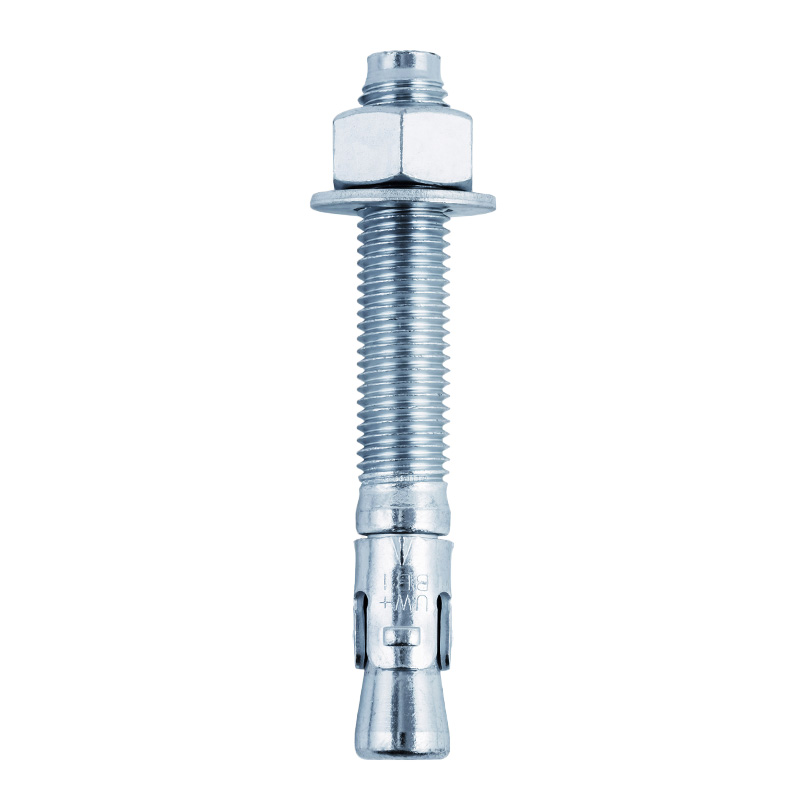
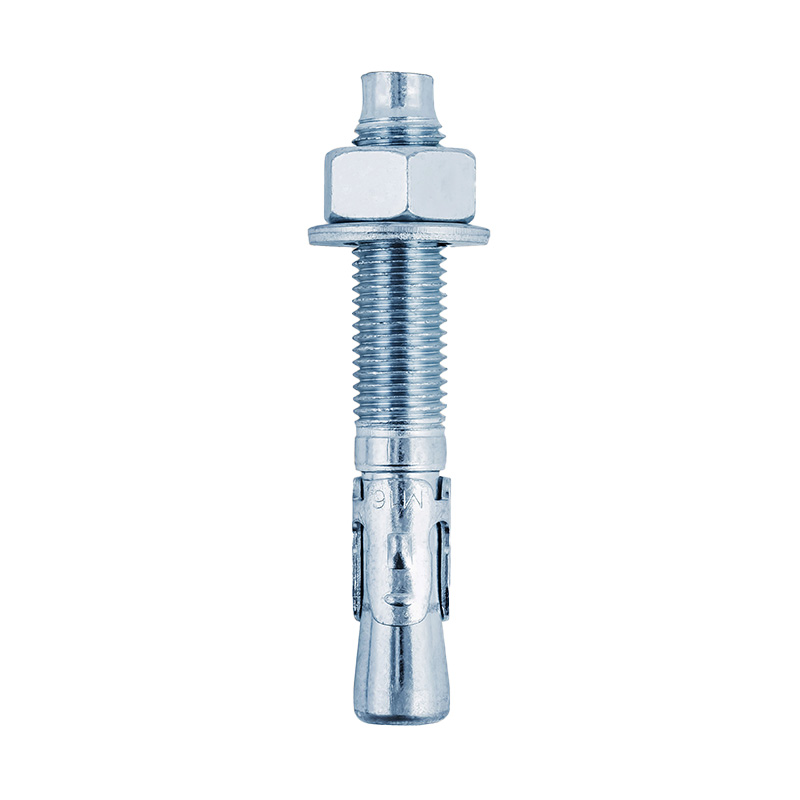
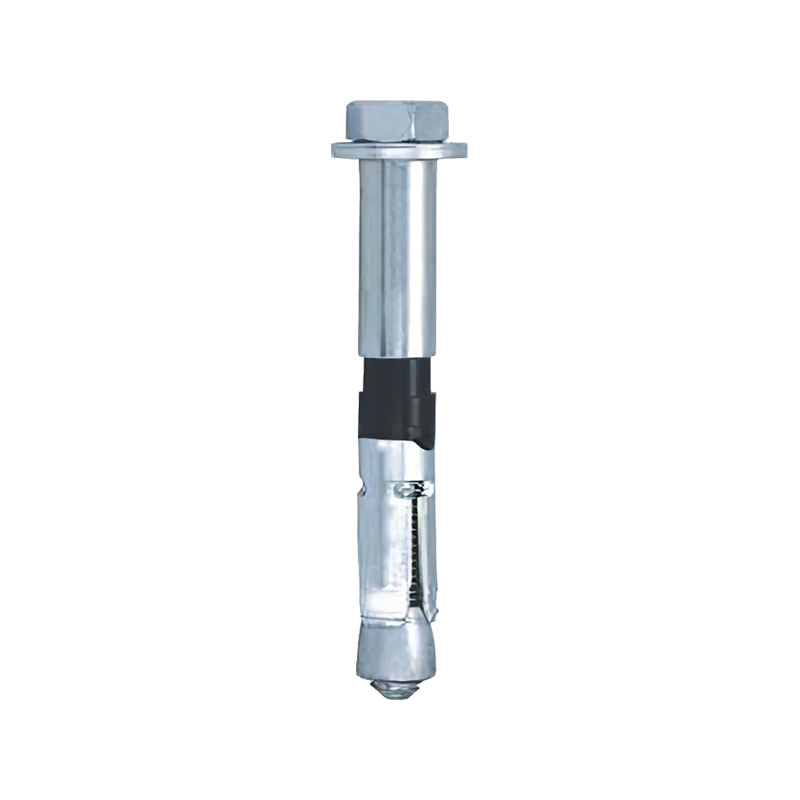
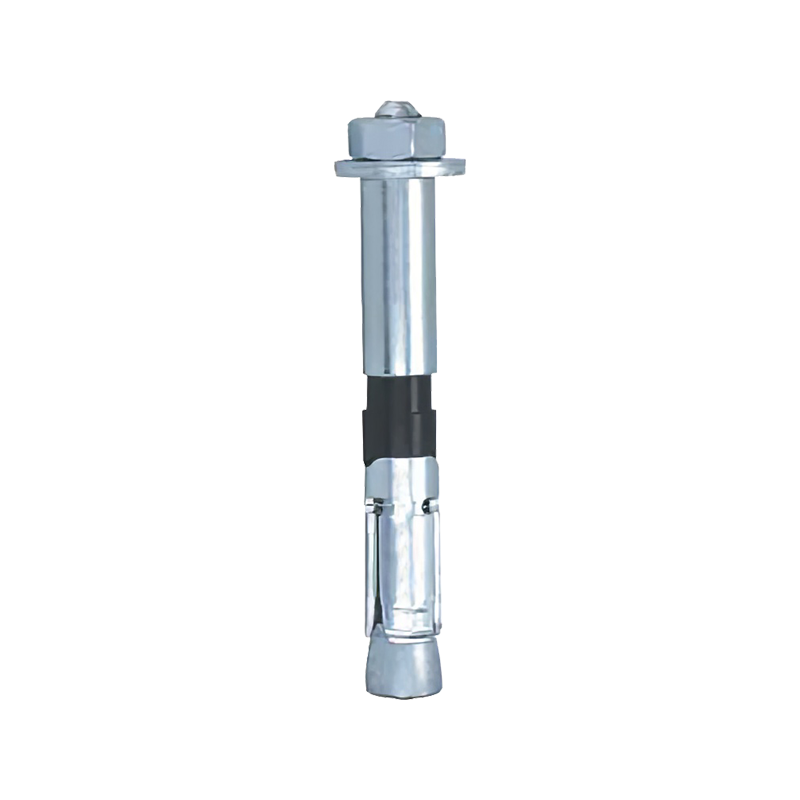
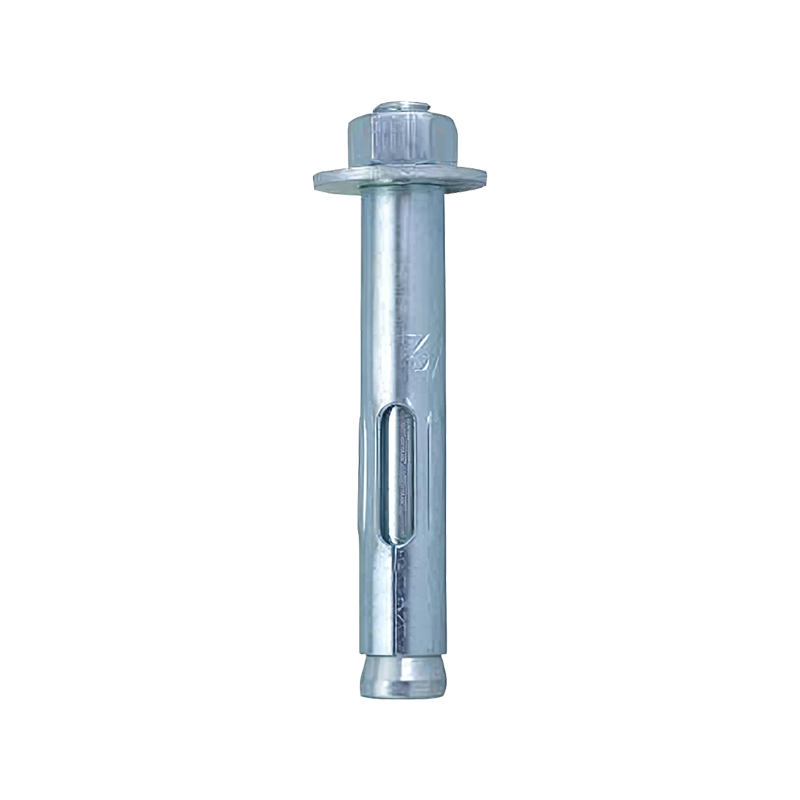
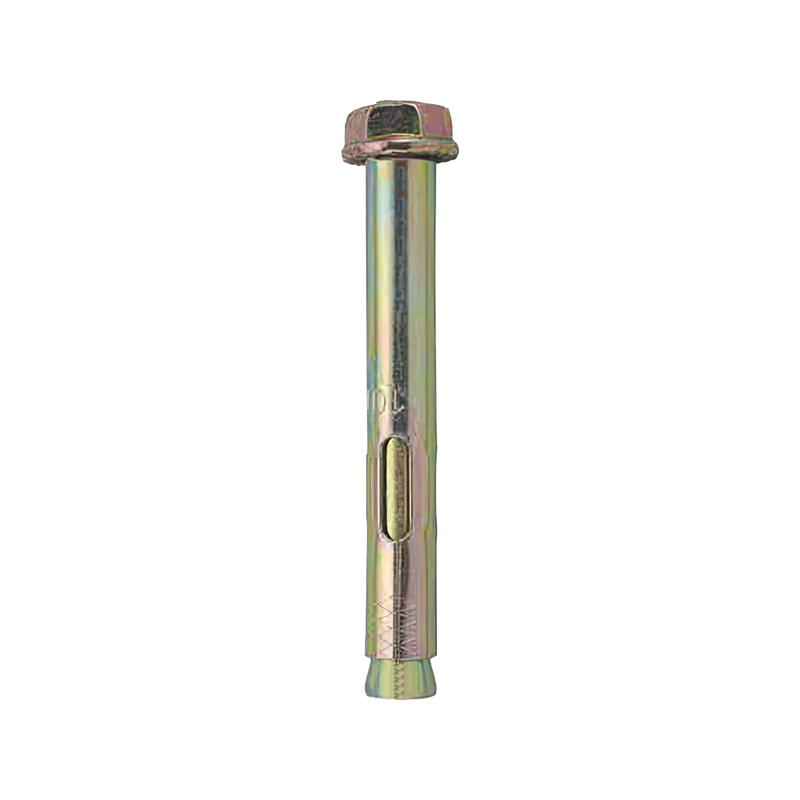

Contact Us